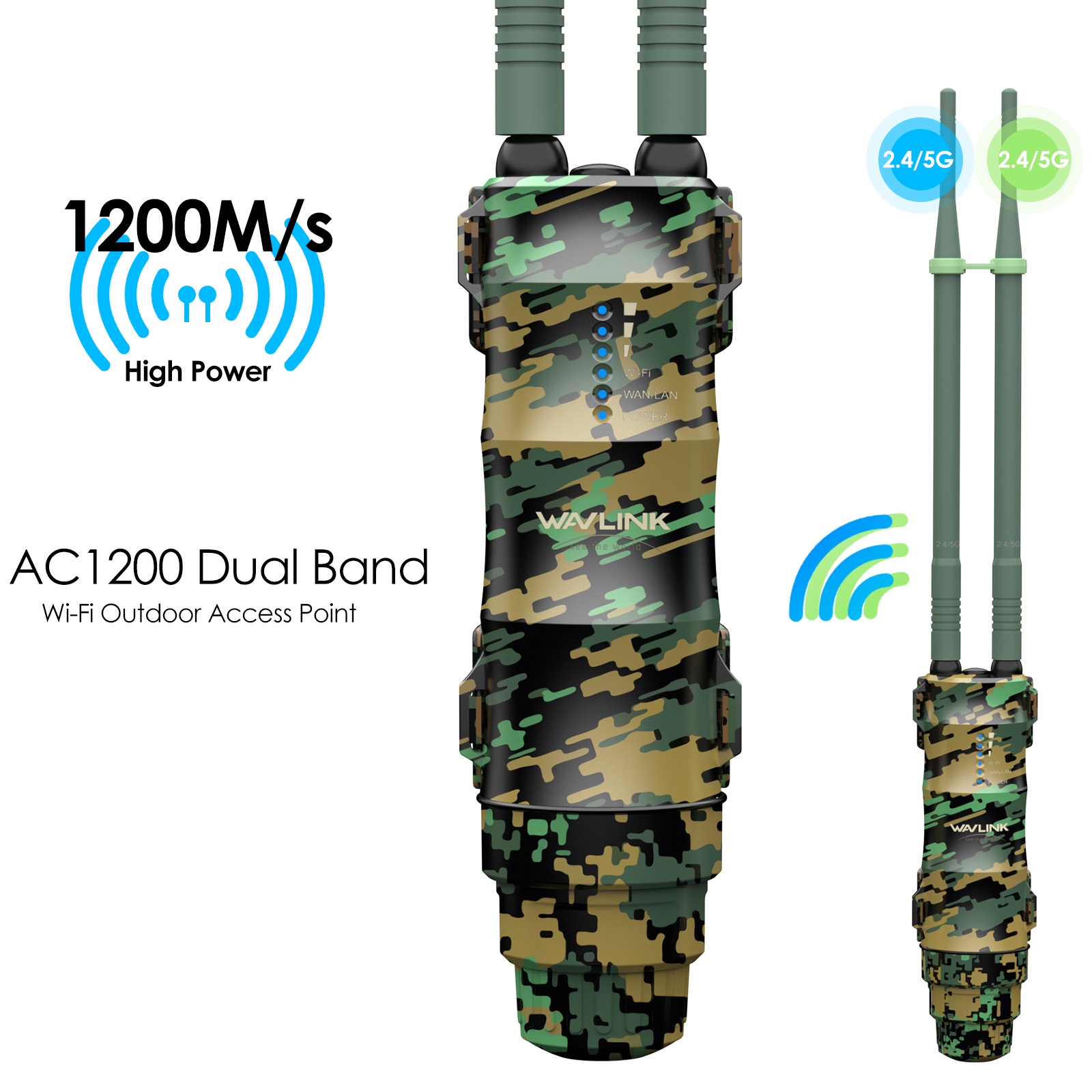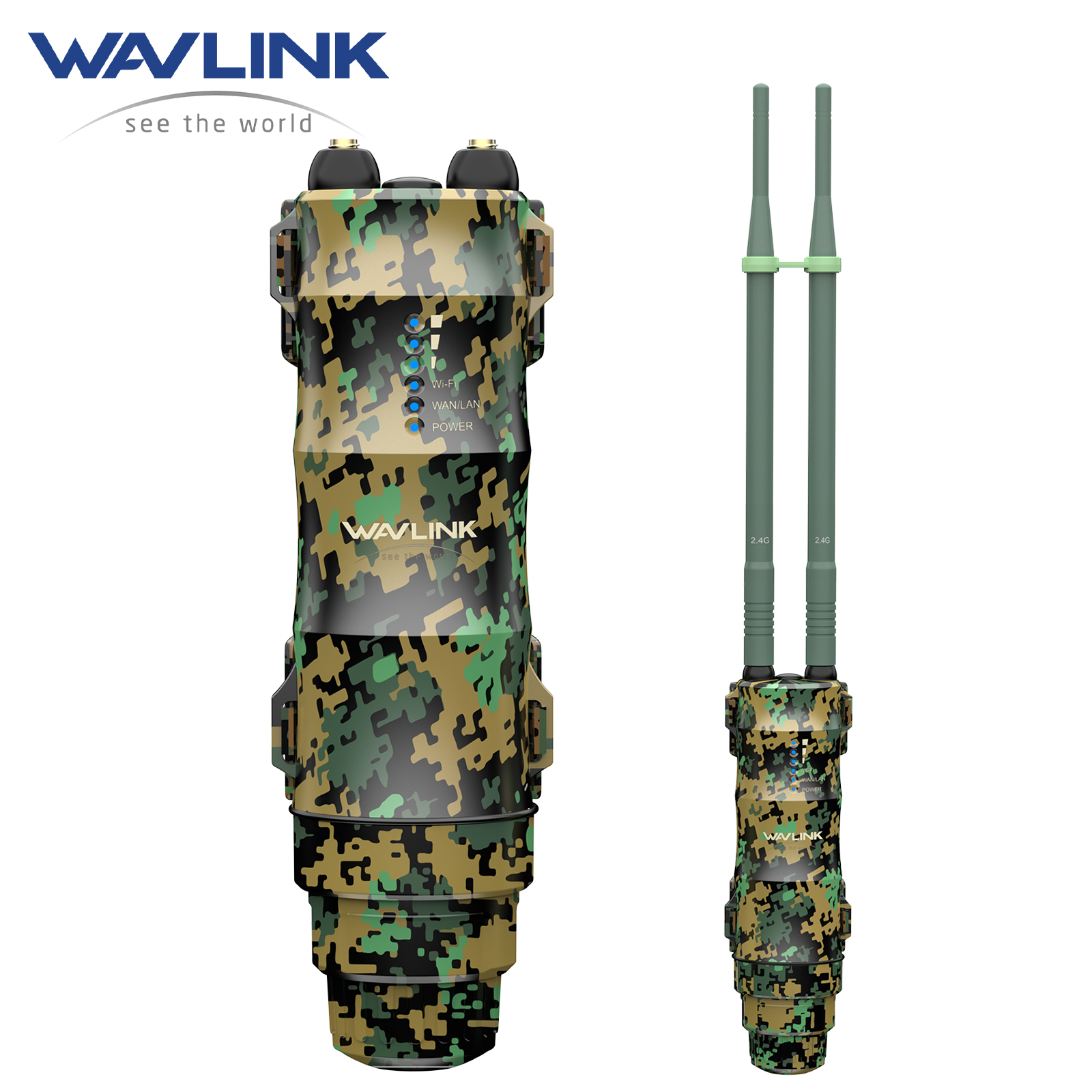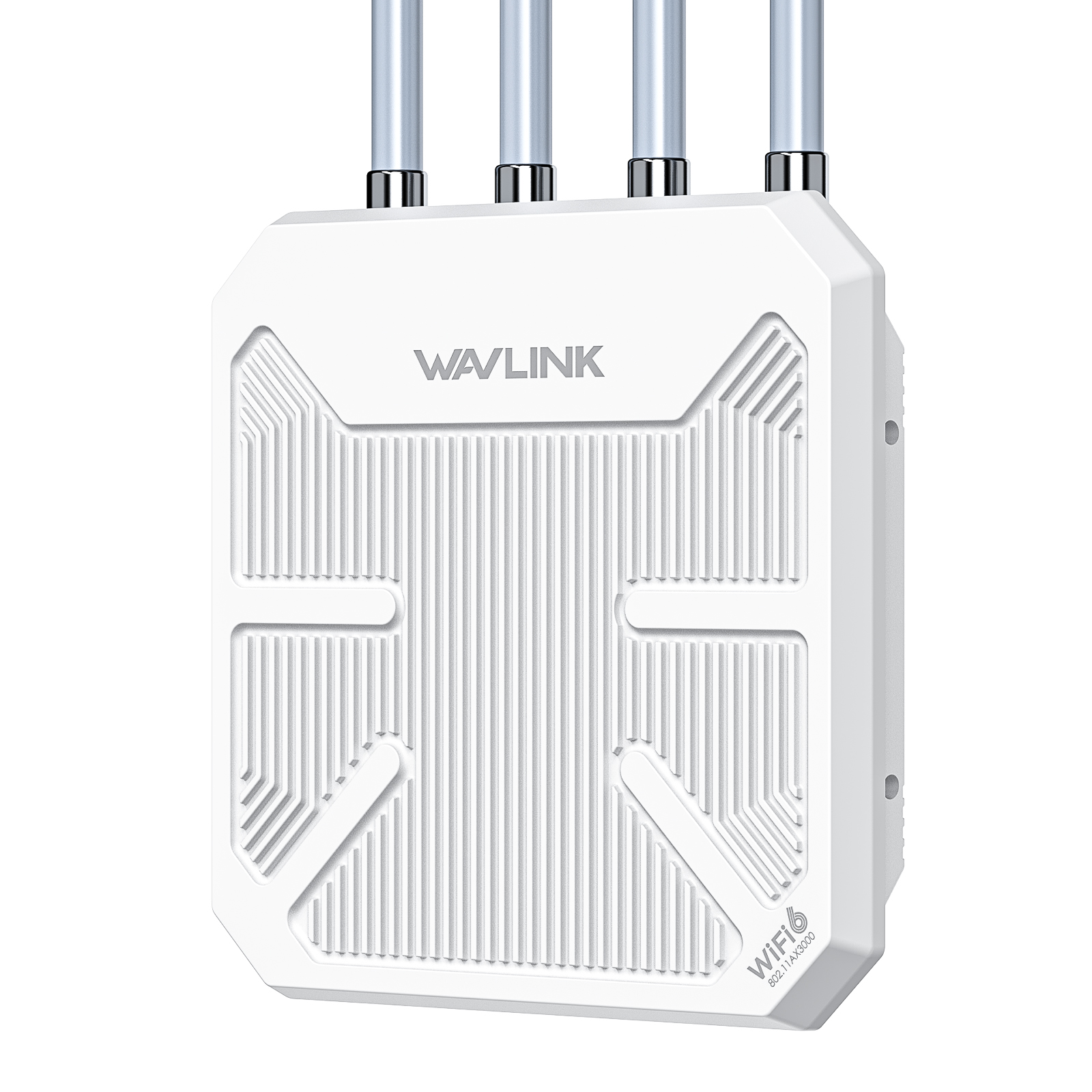The sun shone down on the grape arbor in the yard, casting sporadic rays of light onto the ground. Sitting in the shade of the grape tree, I enjoyed a relaxing weekend with my MacBook Pro resting on a clean table. However, I encountered a big problem - my phone’s data package was already used up. I have a party to attend with my friends on Sunday where we planned to watch a big match. Oh, what a mess!
With the increasing number of outdoor smart devices, a stable WiFi signal is essential to support their operation. These smart devices include lighting equipment, security cameras, garage door openers, and so on.
As most wireless routers are designed for indoor use, they cannot meet everyone’s needs, especially when it comes to outdoor use. So how can you get outdoors WiFi?
Here are some solutions that you can consider:
1.Use a hotspot: This is an easy and cost-effective method to access WiFi outdoors. Many modern tablets and smartphones have the ability to share a network connection through a built-in hotspot feature. By simply turning on the hotspot feature in your mobile device settings and providing a password (if necessary), you can connect other devices to the created hotspot.
Using a hotspot to provide internet connection is convenient, but it heavily relies on the size of the data package that we obtained from our mobile network provider. Therefore, it may not be suitable for multiple users to connect at the same time.
2.Purchase a WiFi signal extender/repeater: Some manufacturers have produced special WiFi signal extenders to expand the coverage range outdoors by receiving, amplifying and re-sending existing WiFi signals. These signal extenders need to be installed and configured to improve performance and ensure maximum coverage.
For stable and reliable WiFi signal extension, it is best to use cost-effective outdoor waterproof routers. They can extend indoor wired networks to columns or posts outside while ensuring that the wiring is well concealed for aesthetic purposes, allowing you to enjoy internet access without interruption or inconvenience.
3.Use WISP service: In some countries and regions like the United States and United Kingdom, some internet service providers (ISPs) offer Wireless Internet Service Provider (WISP) that can provide WiFi connection outdoors. WISP is similar to mobile data services, using
wide-range networks to transmit signals to your device and providing reliable internet connections for subscribers.
4.Only use free public networks within available range: With more and more businesses, cafes and other public places offering free WiFi, you can take advantage of it to get connected. This usually provides a certain amount of brewing time or speed limitation in the store, but it may be a cost-effective solution for occasional outdoor network connection needs.
5.Purchase a 3G/4G/LTE router: If WISP is not available in your area or if you need faster download and upload speeds, you can consider purchasing a 3G/4G/LTE router. These devices use mobile communication networks, so they can be accessed anytime, anywhere at a relatively low cost, and are usually faster than what WISP offers.
This is similar to the first method and is also dependent on the size of the data package purchased from the network provider.
Getting WiFi coverage outdoors is not as difficult as you might think, as there are many ways to achieve this. Modern life requires support from the internet, especially when you need to work, study or entertain yourself, whether indoors or outdoors. You can choose the most suitable solution based on your needs and make sure to follow security measures to protect your online activities when using shared public networks.
For more information, please visit https://www.wavlink.com/en_us/index.html.
Get the Scoop First
Subscribe to our official website to receive exclusive first-hand news and stay up-to-date on our new product releases and promotions!



